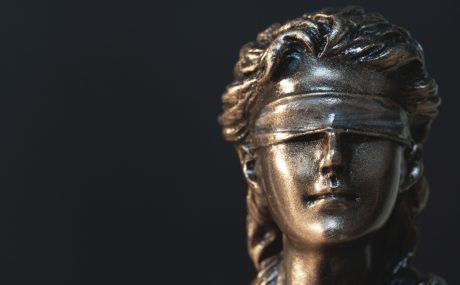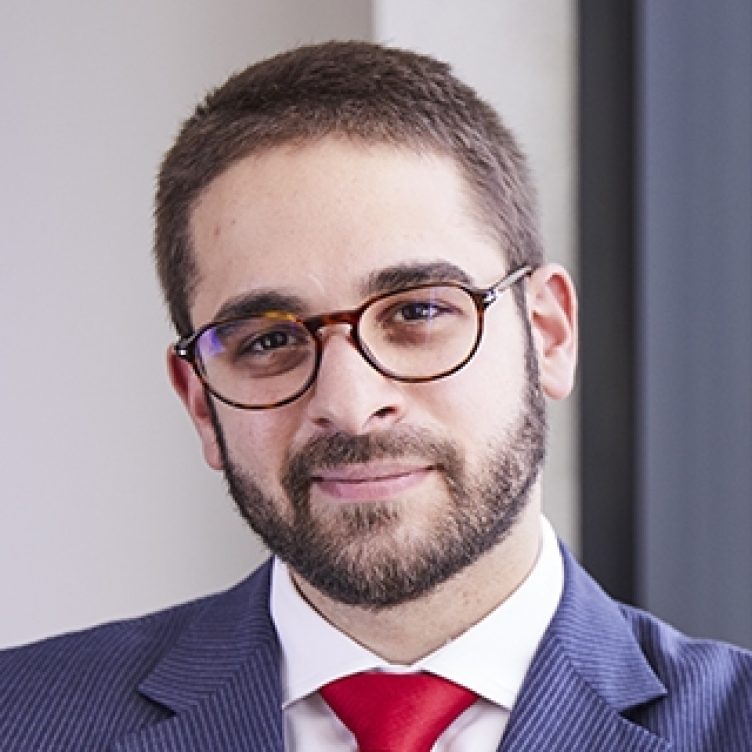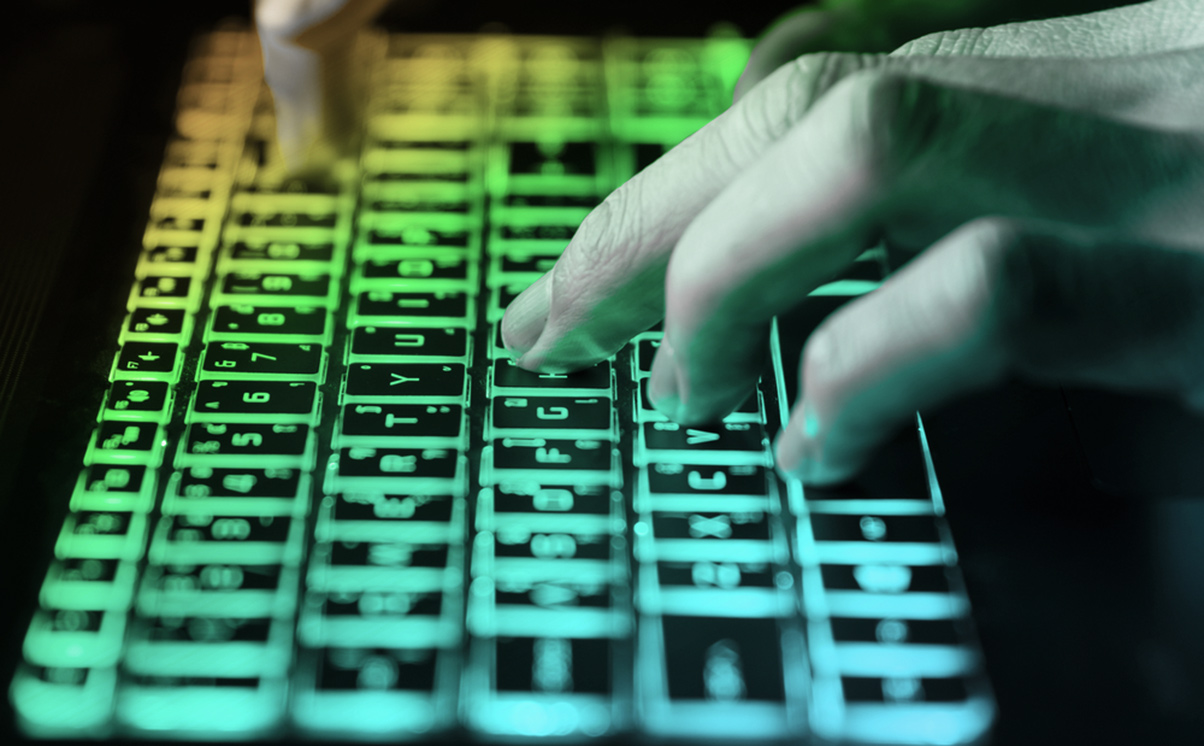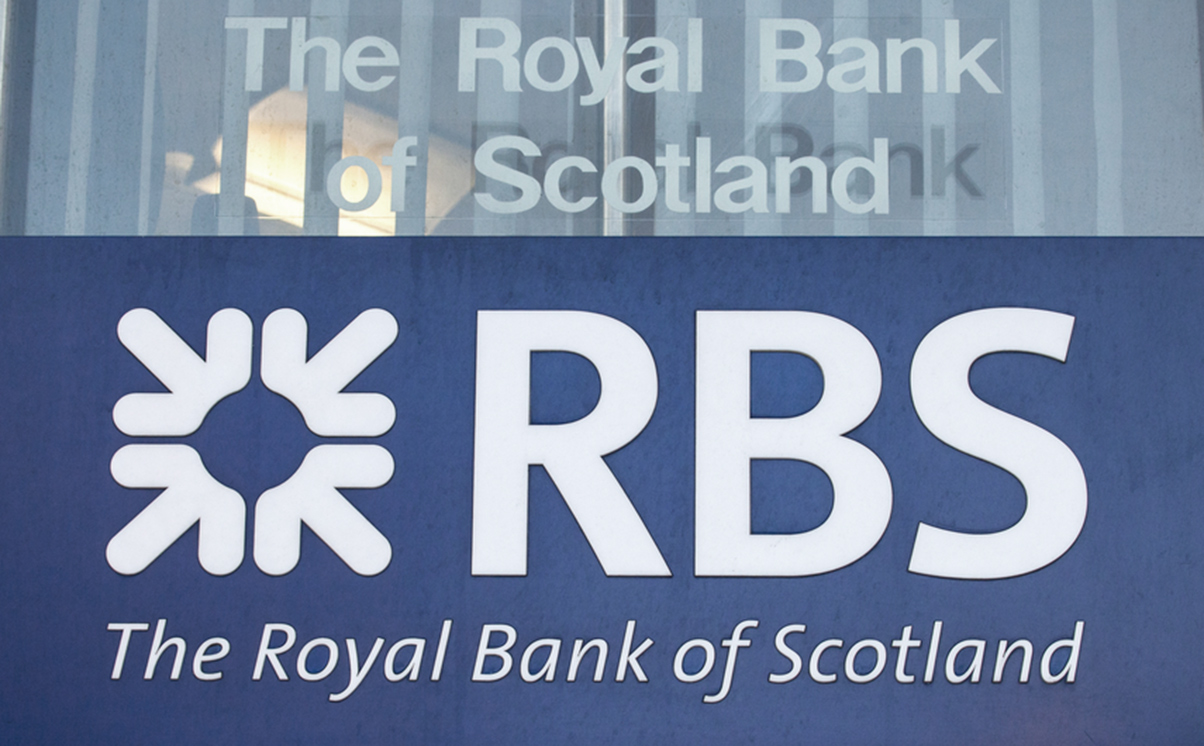Examination of the decision of the Supreme Court in the latest episode in the long-running litigation brought by a Kazakhstani bank against its former chairman and controlling shareholder.
Background
In August 2009, Mr Justice Blair granted a worldwide freezing injunction against Mr Muhtar Ablyazov and others in support of claims commenced by JSC BTA Bank (the “Bank”) to recover US$6bn of the Bank’s funds. Mr Ablyazov’s failure to comply with that injunction and other court orders, has led to a litany of litigation in the English courts, as well as other jurisdictions. Mr Justice Teare described the English chapter of the saga as a “fraud on epic scales” (JSC BTA Bank v Ablyazov [2012] EWHC 237 (Comm), paragraph 4).
The latest episode in this case, which is one of at least 11 actions brought by the Bank against Mr Abylazov (among others), is the Supreme Court’s decision in JSC BTA Bank v Khrapunov [2018] UKSC 19.
The Supreme Court held that:
- where a claimant obtains a freezing injunction against a defendant;
- the defendant breaches the freezing injunction and is found to be in contempt of court;
- a third party has assisted the defendant in committing that breach; and
- the actions of the defendant and the third party have caused the claimant a loss, then the claimant may have a way of recovering that loss from the third party by way of action in the tort of conspiracy.
As part of its litigation strategy the Bank obtained various interim remedies against Mr Ablyazov, including worldwide freezing and disclosure orders. In breach of these orders, Mr Ablyazov failed to disclose the full extent of his fortune. The Bank commenced contempt of court proceedings that resulted in Mr Abylazov being sentenced to 22 months in prison. However, upon reading the draft judgment, Mr Ablyazov fled the country. (According to his lawyers, Mr Ablyazov did not flee because of the findings made against him in the draft judgment, but because of death threats he was receiving.)
On 29 February 2012, Mr Justice Teare made an unless order against Mr Ablyazov requiring him to give full disclosure of his assets and to surrender himself to the tipstaff, failing which his defence would be struck out. He failed to do so, and the Bank obtained default judgments against him for a sum exceeding US$4.6bn.
However, impeded by opaque corporate structures, the Bank has identified very few assets in Mr Ablyazov’s name and has had to take enforcement action by pursuing Mr Ablyazov’s associates including his son-in-law, Ilyas Khrapunov.
In its case against Mr Khrapunov, the Bank alleged that:
- Mr Khrapunov entered into a combination or understanding with Mr Ablyazov to assist Mr Ablyazov avoid the effect of the freezing injunction by concealing his assets; and
- Mr Khrapunov did so knowing that a freezing injunction and a receivership order had been made against Mr Ablyazov.
The Bank’s case was that it had a direct cause of action in the tort of unlawful means conspiracy against Mr Khrapunov and Mr Ablyazov. This was on the basis that they had conspired together to cause a financial loss to it by unlawful means, ie by breaching the relevant court orders (in respect of which Mr Ablyazov was found in contempt of court).
At first instance, Mr Justice Teare found that there was sufficient evidence that Mr Ablyazov and Mr Khrapunov had entered into such an understanding. This finding was not appealed. However, Mr Khrapunov did appeal the decision of the lower court on the basis that:
- Contempt of court could not constitute unlawful means for the purposes of the tort of conspiracy since there was no right of action arising out of it, and further that this reflected a general public policy that a person found in contempt of court should only be exposed to a criminal penalty (or conversely that the court is required to have control over the consequences of the contempt rather than leave it to be dealt with as a matter of private law); and
- As Mr Khrapunov is domiciled in Switzerland, and as it was submitted on his behalf (and accepted by Mr Justice Teare) that because the events giving rise to the damage (ie the various actions resulting in the assets being concealed) did not occur in England, the English court did not have jurisdiction to hear the matter.
The tort of conspiracy
The tort of conspiracy is one of a class of torts which, in the words of Lords Sumption Lloyd-Jones, “tend to be loosely lumped together as ‘economic torts’”. Conspiracy is divided into two separate torts: (i) unlawful means conspiracy; and (ii) lawful means conspiracy.
Unlawful means conspiracy, which is the tort the Bank relied on in its claim, is made up of five elements:
- an understanding between two or more people;
- a purpose of which must be to cause damage to another person (though that purpose need not be the predominant purpose of the understanding);
- the parties to the understanding must act on it/in accordance with it;
- in acting on the understanding the parties must use unlawful means; and
- their actions must result in the other person suffering a loss.
For the Bank, a benefit of pleading conspiracy was that it would allow it to join Mr Ablyazov’s associates to the proceedings (such as Mr Khrapunov) thereby granting the Bank the possibility of alternative routes to enforcement. Additionally, damages in conspiracy claims are classed as “damages at large”, meaning that the court is not bound to limit the amount of damages to the precise sum proved. As long as the claimant can establish that he has suffered a loss, the court can award any amount of reasonable damages.
The decision of the Supreme Court
Lord Sumption and Lord Lloyd-Jones delivered the leading judgment (with which Lords Mance, Hodge and Briggs agreed) dismissing Mr Khrapunov’s appeal. In doing so, the court took the opportunity to clarify part of the law of civil conspiracy:
- The court confirmed the decision of the House of Lords in Quinn v Leathem [1901] AC 495 that the tort of conspiracy comes in two forms: ‘conspiracy to injure, where:
a) the overt acts done pursuant to the conspiracy may be lawful but the predominant purpose is to injure the claimant [more commonly known as “lawful means conspiracy”]; and
b) conspiracy to do by unlawful means an act which may be lawful in itself, albeit that injury to the claimant is not the predominant purpose [more commonly known as “unlawful means conspiracy”]’.The court explained that it was to be expected in the world of commerce and competition that where a party seeks to advance its own interest through lawful means and as a result of that it causes damage to another, it will not be liable to compensate that party. However, where a party is conspiring with another to advance its interest by unlawful means, or by lawful means but with the predominant purpose of causing harm to another, legal liability will arise. - For the conduct to constitute “unlawful means”, as long as it represents criminal conduct, it need not also be conduct that is actionable as some other tort. The Supreme Court left open the question of whether or not non-criminal acts, such as breaches of civil statutory duties, or torts actionable at the suit of third parties, or breaches of contract or fiduciary duty would constitute “unlawful means” for the purposes of unlawful means conspiracy.
- There was no public policy in place relating to contempt of court that precluded it from being the “unlawful means” for the purposes of a claim in conspiracy.
- A claim will only sound in conspiracy if the claimant can prove that the damage it has suffered is not merely incidental to the conspiracy. In this case, the court found that Mr Ablyazov and Mr Khrapunov’s predominant purpose was to hide Mr Ablyazov’s assets. However, at the same time the damage to the Bank was not merely incidental because it was expected and foreseeable that their actions would cause the Bank to suffer a loss.
- In considering the jurisdiction argument raised by My Khrapunov, the court considered Article 5(3) of the Lugano Convention which states that “in matters relating to tort, delict or quasi-delict, [a party may sue] in the courts for the place where the harmful event occurred or may occur”. It concluded that for the purposes of Article 5(3), the place where the harmful event occurred was the place where the conspiratorial agreement was made as it was the place of the event that gave rise to and is at the origin of the damage.
- However, the Supreme Court noted that it was leaving open the matter of whether contempt of court was actionable in a direct claim for recovery of damages as it was not necessary to decide the issue in this case.
Implications of the judgment
Judgment creditors stand a better chance of being able to recover judgment debts against anyone who has assisted the judgment debtor to evade enforcement.
However, there are significant evidential hurdles in such claims. It is rarely easy to prove that parties have conspired together against a claimant – the claimant needs to prove the existence of the agreement (which often is made orally), that the damage was a foreseeable consequence of the intended purpose of the understanding (though that need not be the predominant purpose in a claim for unlawful means conspiracy) and its implementation by the defendant and the third party. This requires carefully gathered and analysed evidence. That said, as it was in the case of Mr Khrapunov, carefully thought-out and executed search orders could assist greatly in gathering the necessary information.
Professional financial advisors should be conscious of assisting defendants who are subject to a freezing injunction if their assistance might be perceived as assisting a defendant to conceal assets.
The jurisdictional finding is also relevant to jurisdiction battles governed by Regulation No. 1215/2012 (“Brussels Recast”) since Article 5(3) of the Lugano Convention uses the same wording as Article 7(2) of Brussels Recast.
You can find further information regarding our expertise, experience and team on our Commercial Litigation pages.
If you require assistance from our team, please contact us or alternatively request a call back from one of our lawyers by submitting this form.
Media contact: Lydia Buckingham, Senior Marketing Executive, +44 (0) 20 7822 8134, lbuckingham@stewartslaw.com






